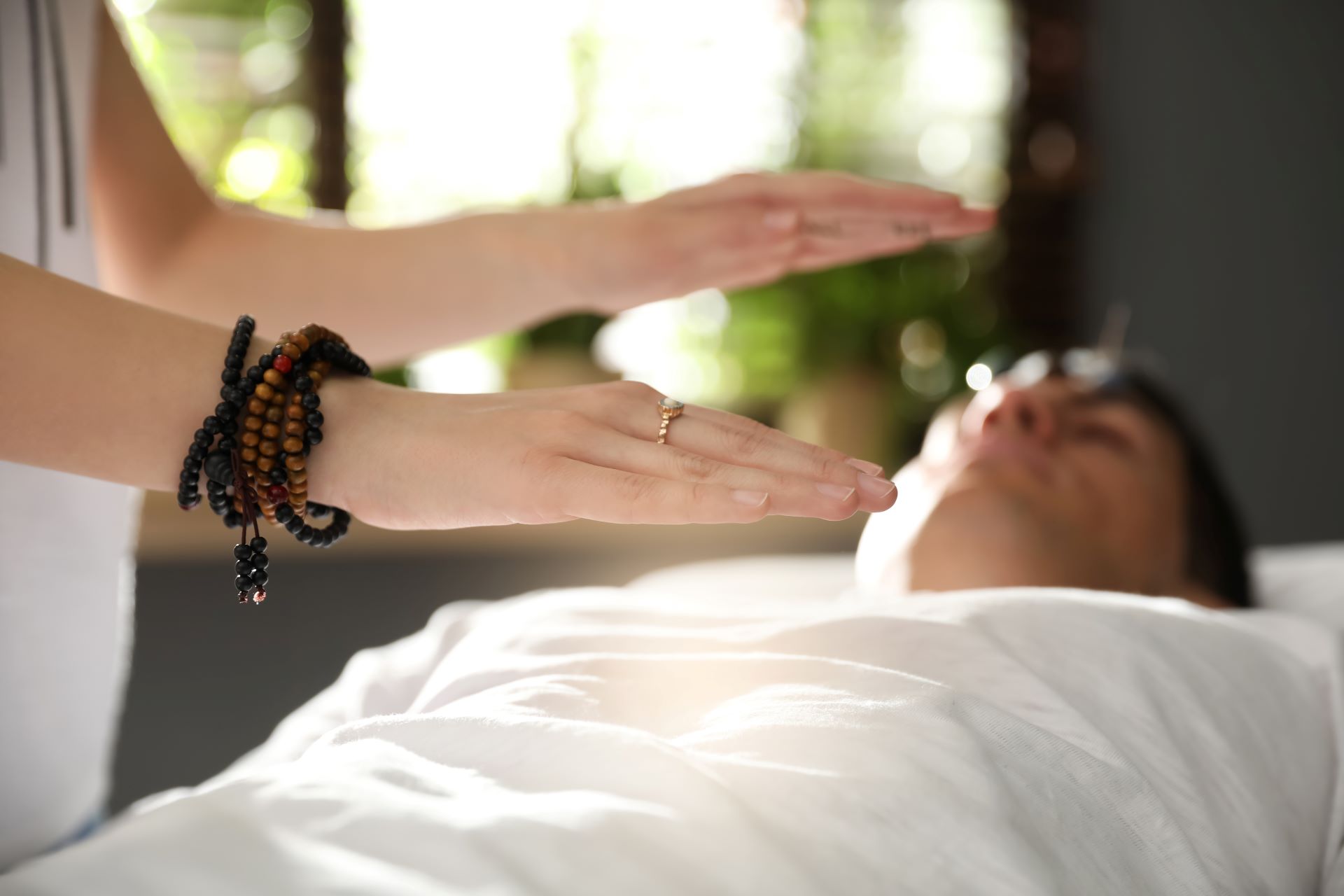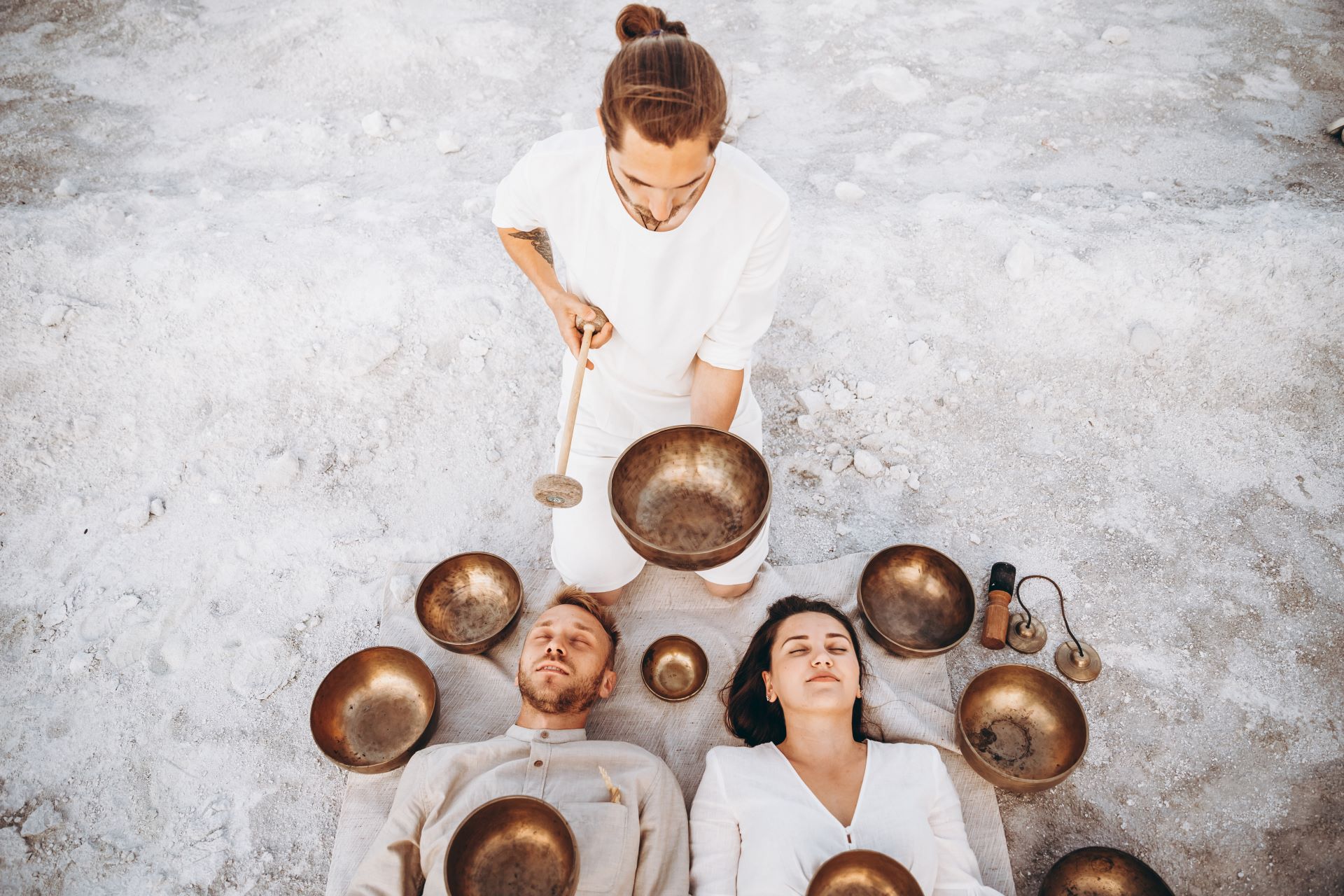Traditionally dominated by pharmacological and psychotherapeutic approaches, the mental health arena is increasingly open to alternative and complementary methods like healing energy practices. Many people report experiencing profound relief from mental health issues when these energetic therapies are incorporated into their treatment plans.
While the scientific consensus is still evolving on how effective these practices are in a clinical setting, anecdotal evidence and some studies suggest that healing energy can play a significant role in mental health recovery.
This article delves into the intricate relationship between healing energy and mental health, exploring several dimensions where this interplay is most visible. Understanding this connection could offer new avenues for healing and well-being.
The Concept Of Energy In Healing
The idea that an invisible energy force flows through all living things is a foundational element in many spiritual traditions. In Eastern philosophies, it’s often called Chi or Qi; in yoga and Hindu traditions, it’s known as Prana. This energy is believed to be the life force that sustains health and well-being.
In the realm of mental health, the concept of energy is gaining traction as more people explore holistic methods for healing. The theory posits that mental ailments might also be the result of energy blockages or imbalances within the body. By aligning and balancing these energies, one may find relief from mental health conditions such as depression or anxiety.
The Evolving Science Behind Healing Energy
The scientific community remains cautious about endorsing healing energy methods as a standalone treatment for mental health disorders. However, more studies are being conducted to investigate the efficacy of these practices.
A growing number of clinical trials are beginning to incorporate healing energy methods, like Reiki and acupuncture, alongside standard treatments to examine their potential benefits and mechanisms of action.
While more research is needed, the existing body of evidence does suggest that energy healing can serve as a beneficial complementary treatment. As scientists continue to explore how energy interacts with mental health, it’s likely that these practices will gain further acceptance and usage in mental health care.
Reiki
Reiki is a Japanese form of energy healing that involves the laying of hands to transfer energy. It is thought to channel universal life force energy to promote balance and well-being in both body and mind.
In a typical Reiki session, the recipient remains fully clothed and relaxed while the practitioner focuses on various energy centers, aiming to unblock or harmonize energy pathways. The practice also incorporates potent symbols to amplify the healing energy.
The master symbol Reiki is considered the most potent symbol in Reiki practices and is used for deep healing and spiritual awakening. Practitioners believe that it can facilitate the flow of universal life force energy, bringing equilibrium to both the body and mind.
As a result, individuals often experience a range of beneficial effects such as peace, relaxation, and emotional release, contributing positively to their overall mental health.
Chakra Balancing
The term ‘chakra’ comes from Sanskrit and translates to “wheel” or “disk.” In the context of mental health and healing energy, chakras represent seven energy centers in the body that correspond to different physical and emotional aspects of health. These chakras can become blocked or misaligned, affecting mental well-being.
Techniques for balancing chakras are diverse. One popular method is meditation, often guided or structured to target specific chakras. By concentrating on these energy centers and using controlled breathing, individuals can direct their internal energy to remove blockages or misalignments.
Visualization is another technique where individuals imagine a flow of energy cleansing each chakra, often in tandem with colors or images associated with each energy center.
The overarching aim of these techniques is to align the body’s energy centers. When chakras are in balance, emotional equilibrium follows, reducing symptoms of mental health disorders like depression and anxiety.
Crystal Healing
Crystal healing is another form of energetic therapy that is sometimes used alongside traditional mental health treatments. Proponents believe that crystals can absorb, amplify, and direct energy, potentially offering a route for emotional and mental healing.
Crystal healing is based on the belief that certain types of crystals and gemstones possess unique vibrational frequencies that can interact with the human body’s energy field. Proponents of this practice maintain that by placing these crystals on or near specific chakras or energy centers, one can facilitate the flow of energy, remove blockages, and restore balance.
Different crystals are believed to have various properties; for example, rose quartz might be used to promote emotional healing, while amethyst may be employed for its calming effects.
Though scientific evidence supporting crystal healing is limited, many individuals report experiencing a sense of calm, reduced stress, and improved emotional well-being following a crystal therapy session.
Sound Therapy
Sound therapy utilizes the vibrational frequencies of various instruments, such as gongs, Tibetan singing bowls, and tuning forks, to influence the body’s energy systems.
The premise is that these specific vibrations can interact with the frequencies within the human body, thereby promoting physical, emotional, and mental balance. During a session, the practitioner produces sounds aimed at achieving different therapeutic effects.
Some research suggests that sound therapy can even synchronize brain wave patterns, fostering states of relaxation, focus, or even heightened consciousness. Although more scientific validation is needed, many people report experiencing substantial benefits like reduced symptoms of depression and anxiety after participating in sound therapy sessions.
Acupuncture
Acupuncture is a traditional Chinese medical practice that involves inserting fine needles into specific points on the body, known as acupuncture points or ‘meridians.’ These points are believed to be junctures in the body’s energy pathways, and by stimulating them, acupuncture aims to correct imbalances and promote a smooth flow of life energy.
In the context of mental health, acupuncture is thought to work by targeting specific points that are associated with emotional well-being, thereby helping to regulate neurotransmitter levels, reduce inflammation, and balance hormones.
Clinical studies have shown some promise in using acupuncture as a complementary treatment for mental health disorders. By harmonizing the flow of energy, acupuncture seeks to restore emotional equilibrium, offering a multi-faceted approach to mental health care that addresses both physical and emotional aspects of well-being.
Conclusion
Healing energy practices offer a compelling adjunct to traditional mental health treatments. While scientific validation is still in the works, anecdotal evidence and some research findings point toward their potential efficacy in promoting mental well-being.
Understanding the role of energy in mental health could open new avenues for healing and relief. As the field continues to evolve, incorporating these alternative practices alongside standard treatments may provide a more holistic and person-centered approach to mental health care.

